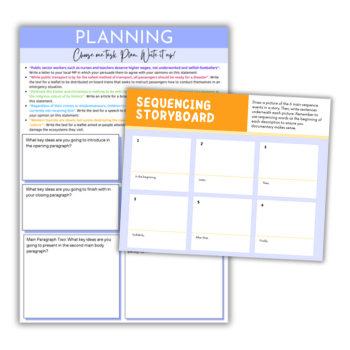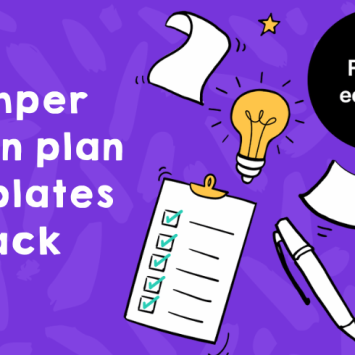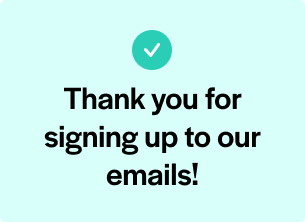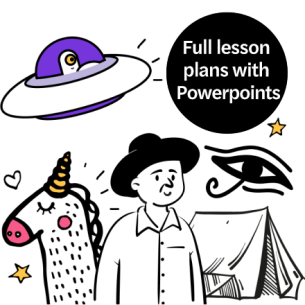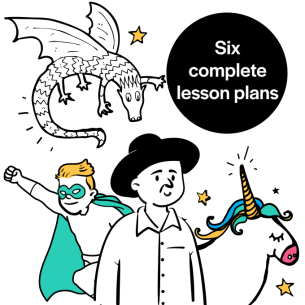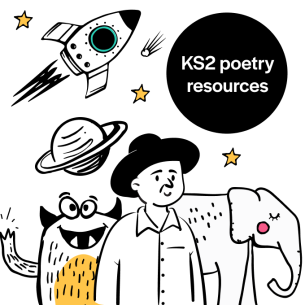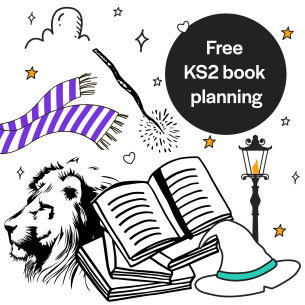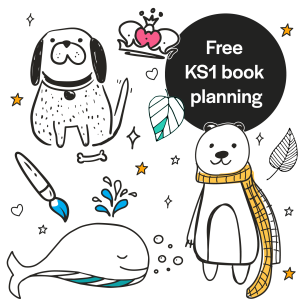What is discursive writing?
Discursive writing is a type of writing that explores a topic from various perspectives. It allows the writer to discuss different sides of an argument or issue.
Discursive writing requires students to present a balanced and reasoned discussion on a particular topic, rather than just arguing for one side.
If students are to become good discursive writers, they need to familiarise themselves with a range of different non-fiction texts. This might include documentaries, newspaper articles, blogs and vlogs.
Just as with fiction, students can make their discursive writing far richer if they draw on their own personal experience when producing it.
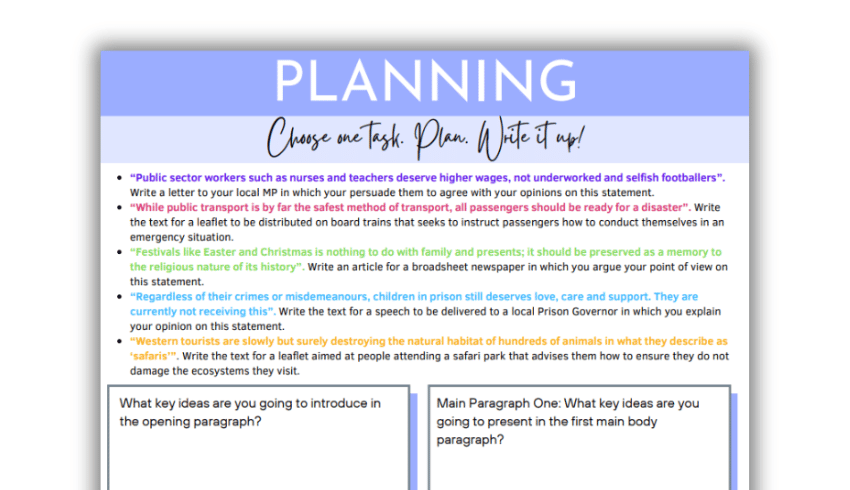
If you’re looking to support students’ writing in preparation for their GCSEs, download this planning sheet from the top of this page. It contains five writing tasks for students to choose from.
Here’s how you can use different writing prompts and resources to expose your students to a range of different writing experiences…
Documentaries
Documentaries are a great way of showing how written dialogue, scripts and essays can convey different human experiences from all around the world. You can find plenty of classroom-appropriate documentaries by searching YouTube (ensure that you watch them first).
Share playlists of documentaries with students so they can watch them in their own time. Alternatively, keep a classroom playlist to which students can add other documentaries they recommend.
Engaging with non-fiction texts like this gives students a bank of words that they can potentially use in their own writing later.
Task 1: Changing perspectives
Students choose a person or animal featured in a documentary they’ve seen. They then consider the subject’s experience – what can they see, hear, feel, taste and touch?
This exercise gives students opportunities to explore non-fiction texts by ‘living’ inside the subjects and events they portray.
Example: Watch the documentary Lost and Found (21 minutes) about reuniting Rohingya families in the chaos of the world’s largest refugee camp.
Write a short summary of the events it shows. Then consider the role Kamal Hussein plays in the Rohingya tribe. How are the children’s feelings likely to change between being lost and being found?
Finally, think about what the overall message of the documentary might be. What view of the world would a young child have, having been separated from their parents? How would their parents feel, having lost their child?
Having decided on who they want to write as, watch the documentary again and create a word bank containing any nouns, adjectives, adverbs they might wish to use.
Task 2: Storyboarding
Have students ‘create’ a new portion of an existing documentary. Begin by giving students a storyboard template comprising six frames, each with spaces for writing immediately beneath (download from the top of this page).
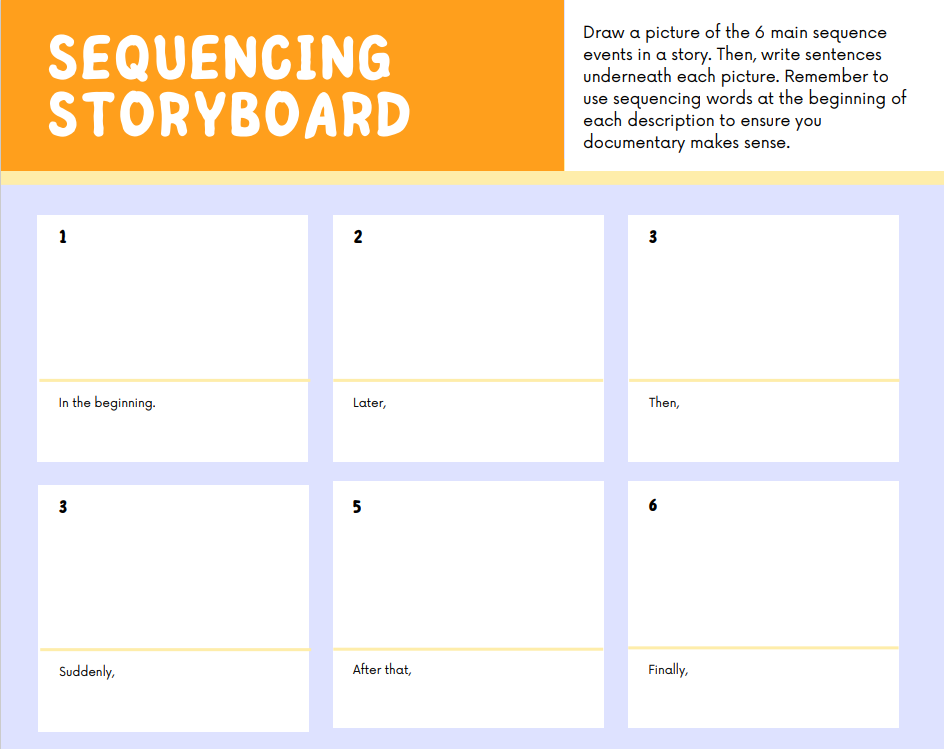
The storyboard has to show a clear idea, with each frame giving students the stimulus to write two to three sentences.
You can take this activity a step further by challenging students to extend their writing. Make each frame a paragraph of their discursive writing piece – a great activity for visual learners who like to draw.
For a follow-up activity, ask students to write mini-scripts for their short documentaries. This can be an individual, paired or grouped task. You might even want to film them.
To keep things focused, produce a short brief that incorporates all essential safeguarding measures.
Task 3: Silent debate
If the students in your class struggle to share their opinions, then a great way of starting any discursive writing unit is holding a silent debate.
First, generate a range of interesting topics (we have 80 topic ideas here). Then write a series of statements or debate prompts on different pieces of A3 paper.
Place these sheets around the room and get students engaging with each statement with their pens.
Example statements and prompts:
- Students should be graded for their handwriting
- Should the death penalty be allowed?
- Autonomous drivers will make our roads safer
- Are mobile phones truly safe?
- Social media should have a stricter age limit
- Vaping should be banned
Scaffold this activity for lower ability classes by adding sentence starters below each opening statement, such as ‘I agree with …’, ‘I disagree with…’, ‘It’s clear from…’ and ‘Evidence suggests…’
These sentence starters will encourage students to agree, disagree and draw on their own knowledge as evidence.
To challenge students further, try playing devil’s advocate by walking around the classroom and adding some extra questions and comments of your own for students to engage with. This encourages them to develop their arguments further.
Talk through each statement at the start of the lesson to ensure that students clearly understand the topic being debated. This will also allow you to open up ‘agree’ and ‘disagree’ arguments, such as ‘Some may say that…’ and ‘Whilst others may think that…’.
Having completed your silent debate, give out the sheets of paper to writing pairs or individual students, depending on how many statements you printed out. Students can then write a complete piece, using the ideas written on their pieces of paper.
Task 4: Snapshot!
Thanks to TikTok and Instagram, young people are now used to seeing how short videos and images can quickly spark controversy.
You can harness this awareness by downloading a photo related to a story currently in the news. Ask students to write a short newspaper article based on what the image shows.
Alternatively, inspire your students by creating opportunities for purposeful writing. Try contacting some local businesses who would be happy to engage with young writers.
You can also open up space for young people to share their work with a wider audience by setting up a class blog (check with your school’s DSL first).
Choose a topic then task the class with writing a series of blog posts (individually, in pairs or in groups) over time.
Meera Chudasama is an English, media and film studies teacher with a passion for design and research. She has developed course content for the Chartered College of Teaching.
